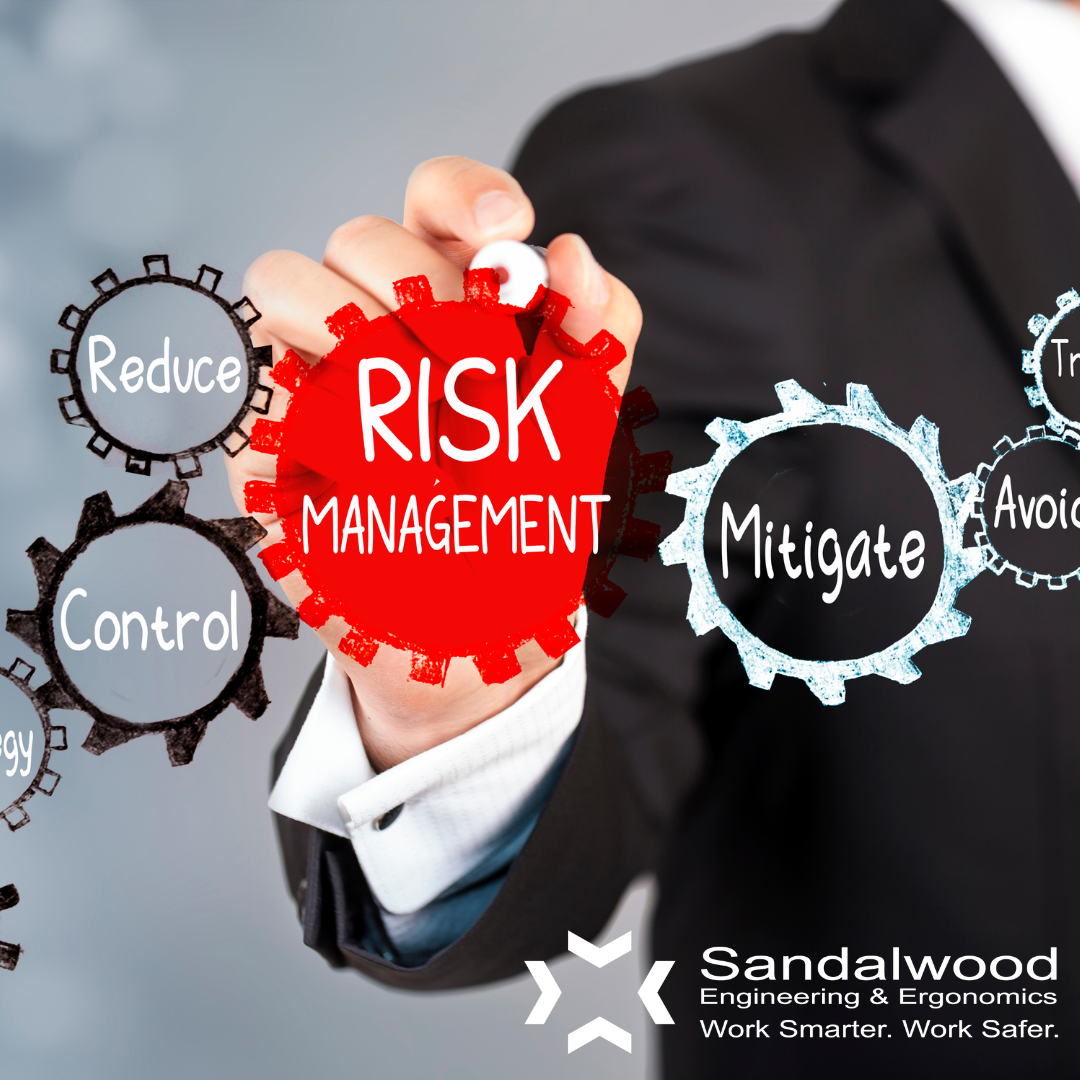
Risk, as defined by Oxford Languages, is “a situation involving exposure to danger”. Risk can take on many forms for a project, and when left unmanaged, it can lead to ugly consequences.
- Lost money
- Wasted time/delayed completion
- Poor quality leading to customer loss
- Complete project failure
Just reading through this list of outcomes is likely to bring back memories of a time where you may have had a project with a major cost overrun. Maybe you have thoughts like “where do I even begin to avoid a similar result?”
If you and your organization come into a project equipped with the right tools and mindset, most risks can be guided to successful resolutions or even turned into exciting opportunities.
So, where DO you begin?
There are two main sources of risk for a project:
- Individual project risks are events or conditions specific to a project that would have an impact on one or more project objectives. This could be a delay to shipping of critical parts, a failed test, or even the absence of an essential team member.
- Overall project risks can include individual risks but generally represent the exposure of stakeholders to variations in project outcomes. Some examples here would be cost inflation of needed materials, shifting market demands, or competing resource demands and priorities within your organization.
At Sandalwood, we work with customers to begin identifying sources of risk right at the beginning of a project. When Sandalwood leads a project’s risk management activity, we take the following approaches:
- Evaluate stakeholder RISK TOLERANCES.
- Check organizational PROCESSES AND STANDARDS for managing risks.
- Meet with the project team, organization experts, and other stakeholders to IDENTIFY an initial set of risks and document them (risk register). Here, you always want to be sure that the potential outcomes (positive or negative) are well documented, the risk has an owner defined, and any assumptions are stated.
- Consider each risk’s qualitative potential impact on the project and its expected likelihood of occurrence. This will allow you to COMPARE AND PRIORITIZE the risks.
- Depending on the nature of a specific risk, further QUANTITATIVE ANALYSIS can be done using simulation techniques or conducting sensitivity and decision tree analysis.
- PLAN POSSIBLE RESPONSES to all risks. For a negative threat, this can include escalation, avoidance, transferal, mitigation, or acceptance.
- Once a response is determined, it is important to develop and track specific action items or CORRECTIVE ACTIONS, and the individuals who will be responsible for implementing them, that will lead on the road to the desired outcome.
- Periodic REVIEW of all risks will benefit the group by keeping them in front of you and making sure that you can respond as new risks pop up.
Steering With Confidence
Sandalwood’s mission is Risk Reduction at Work. We strongly believe that our clients benefit from active project risk management. We are here to help you see that risk doesn’t have to be a scary word!
Now you have all the foreseeable risks laid out in front of you with planned responses and actions to execute the response. Stakeholder conversations will no longer be fraught with uncertainty and tough decisions because you have gathered the critical information to manage project risk appropriately. You can confidently steer your project team down a path to success!








 Why Sandalwood?
Why Sandalwood?


 We are a one-stop-shop for launching job rotation for any employer from conception to implementation. Our experts tailor our services to meet the needs of our customers by collaborating with them throughout the entire process. We do not offer cookie cutter solutions for job rotation because the needs of employers vary significantly.
We are a one-stop-shop for launching job rotation for any employer from conception to implementation. Our experts tailor our services to meet the needs of our customers by collaborating with them throughout the entire process. We do not offer cookie cutter solutions for job rotation because the needs of employers vary significantly. Why Sandalwood?
Why Sandalwood?



 Sandalwood is pleased to offer solutions above and beyond the traditional ergonomic assessments. With an in-depth knowledge of various digital human modelling software suites, integration and adoption to your health and safety programs has never been easier. Sandalwood is experienced in ergonomic program design as well as industry leaders in digital human modelling services. We have a diverse team that is able the leverage the results from the digital human model to provide in depth risk assessments of future designs and current state. Sandalwood is also able to pair these assessments with expertise and provide guidance on the best solution for you. Sandalwood is also on the forefront of emerging technologies and able to integrate Motion capture, Wearables, and extended or virtual reality into your ergonomic program.
Sandalwood is pleased to offer solutions above and beyond the traditional ergonomic assessments. With an in-depth knowledge of various digital human modelling software suites, integration and adoption to your health and safety programs has never been easier. Sandalwood is experienced in ergonomic program design as well as industry leaders in digital human modelling services. We have a diverse team that is able the leverage the results from the digital human model to provide in depth risk assessments of future designs and current state. Sandalwood is also able to pair these assessments with expertise and provide guidance on the best solution for you. Sandalwood is also on the forefront of emerging technologies and able to integrate Motion capture, Wearables, and extended or virtual reality into your ergonomic program.



